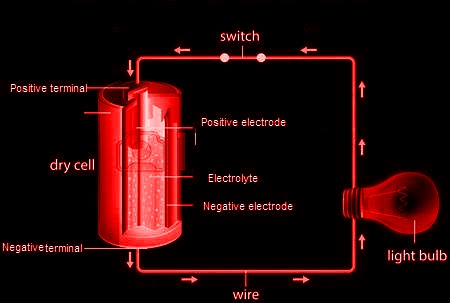- Books Name
- Physics Book Part l and ll
- Publication
- Grow Career Publication
- Course
- CBSE Class 12
- Subject
- Physics
COMBINATION OF RESISTORS
SERIES AND PARALLEL
The connection is in such a manner that the current flowing through the 1st register has to then flow further through the 2nd register and then through 3rd. Therefore, a common current is flowing in connection with a resistor in series. At all point in the circuit, the current amoung the resistors is same. For example,
I1 = I2 = I3 = It = 2ma
All the resistors in series that is R1, R2, R3 have current I1, I2, I3 respectively and the current of the circuit is It.
Resistor in Parallel
Unlike, series connection, in parallel connection, current can have multiple paths to flow through the circuit, hence parallel connection is also current dividers. Common voltage drop is across the parallelly connected circuits/networks. At the terminals of the circuit, the voltage drop is always the same. For example
VR1=VR2=VR3=VRT=14V
![]()
The voltage across R1 is equal to the voltage across R2 and similarly, equal to R3 and hence the total voltage drop is equal to the voltage across the circuit. Reciprocal of individual resistance of each resistor and the sum of all the reciprocated resistance of resistor will us the total resistance of the circuit.
CELLS, EMF, INTERNAL RESISTANCE
What is an Electromotive Force (EMF) of a Cell?
The electrolyte has the same potential (emf) throughout the cell. The condition of no current flowing through a cell is also known as an open circuit. An open circuit result in a potential (emf) of the cell is equal to the difference of potentials (emf) of the electrodes. Anode has a positive potential (V+) whereas Cathode has a negative potential (-V–). This potential difference is known as the Electromotive Force (EMF).An electric battery is a device made up of two or more cells that make use of the chemical energy stored in the chemicals and converts it into electrical energy.


 Madhava Publications
Madhava Publications
 Grow Career Publication
Grow Career Publication
